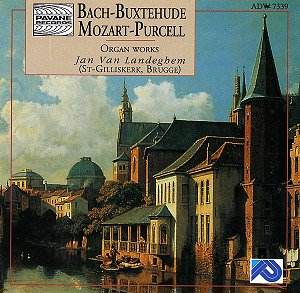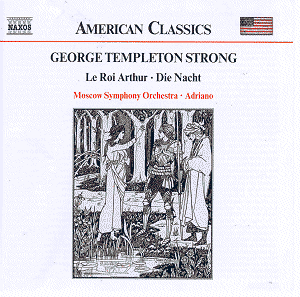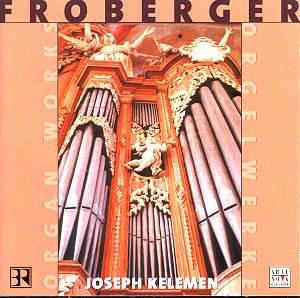 Composer: Wolfgang Amadeus Mozart
Composer: Wolfgang Amadeus Mozart
Works: Adagio and Allegro in F minor, K. 594; selections by J.S. Bach, including Toccata and Fugue in D minor, BWV 565
Performers: Jan Van Landeghem, organ
Recording: St. Gilliskerk, Brugge, recorded in the 1990s
Label: Pavane ADW 7339
The music of Wolfgang Amadeus Mozart occupies a central position in the canon of Western classical music, celebrated for its melodic clarity and formal elegance. Among his lesser-known works is the Adagio and Allegro, K. 594, which, while not as frequently performed as his symphonies or operas, offers rich textural and emotional depth that merits exploration. This recording, featuring Jan Van Landeghem at the organ of St. Gilliskerk in Brugge, pairs Mozart’s piece with selections from J.S. Bach, a juxtaposition that invites both historical reflection and musical comparison.
Van Landeghem’s interpretation of Mozart’s Adagio and Allegro reveals a commendable grasp of the work’s contrasting moods, oscillating between introspective lyricism and robust dynamism. However, the execution occasionally falters, with several noticeable edits disrupting the flow of the music. These edits detract from the otherwise fluid character of the piece, suggesting a lack of continuity that undermines the organist’s otherwise thoughtful phrasing. The choice of registration also merits attention; while the organ’s tonal variety is exploited, some passages feel overly congested, obscuring the intricate counterpoint that is a hallmark of Mozart’s style.
The Bach selections, particularly the Toccata and Fugue in D minor, are staples of the organ repertoire, and while they are performed with technical proficiency, the sense of familiarity breeds a certain lack of excitement. The grandeur of the Toccata is present, yet Van Landeghem’s interpretation does not quite capture the visceral thrill that other recordings, such as those by Simon Preston or Marie-Claire Alain, evoke. The registration choices here, while grand, could benefit from more dynamic contrast; the organ’s full pipes are often engaged at the expense of the subtler nuances that allow Bach’s intricate lines to emerge with clarity.
Sound quality and engineering play crucial roles in the reception of this recording. The acoustic of St. Gilliskerk, while resonant, occasionally blurs the definition of individual lines, particularly in faster passages where the clarity of articulation becomes muddled. This is especially evident in the rapid runs of the Mozart work, where the organ’s powerful sound can overwhelm the listener, making it difficult to discern the inner voices. The overall recording, while adequate, does not quite achieve the transparency that is essential for both composers’ works, which thrive on clarity and precision.
This recording serves as an accessible introduction to the organ repertoire for those with a casual interest in classical music, but it may not satisfy the discerning listener seeking a more profound engagement with the repertoire. The combination of Mozart and Bach offers a tempting premise, yet the execution falls short of fully realizing the potential of these masterpieces. The familiarity of the selections paired with a somewhat uninspired performance leaves one yearning for recordings that delve deeper into the emotional and technical complexities of the music. A more compelling interpretation, combined with a more nuanced recording approach, would elevate this disc from mere convenience to a true artistic statement.



